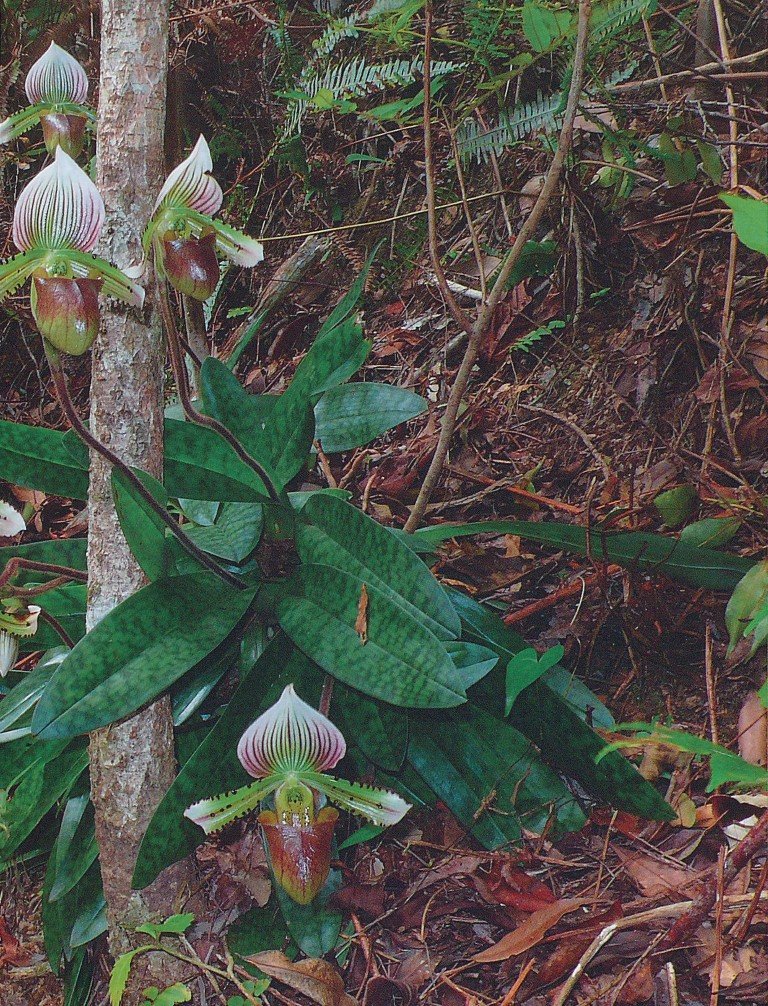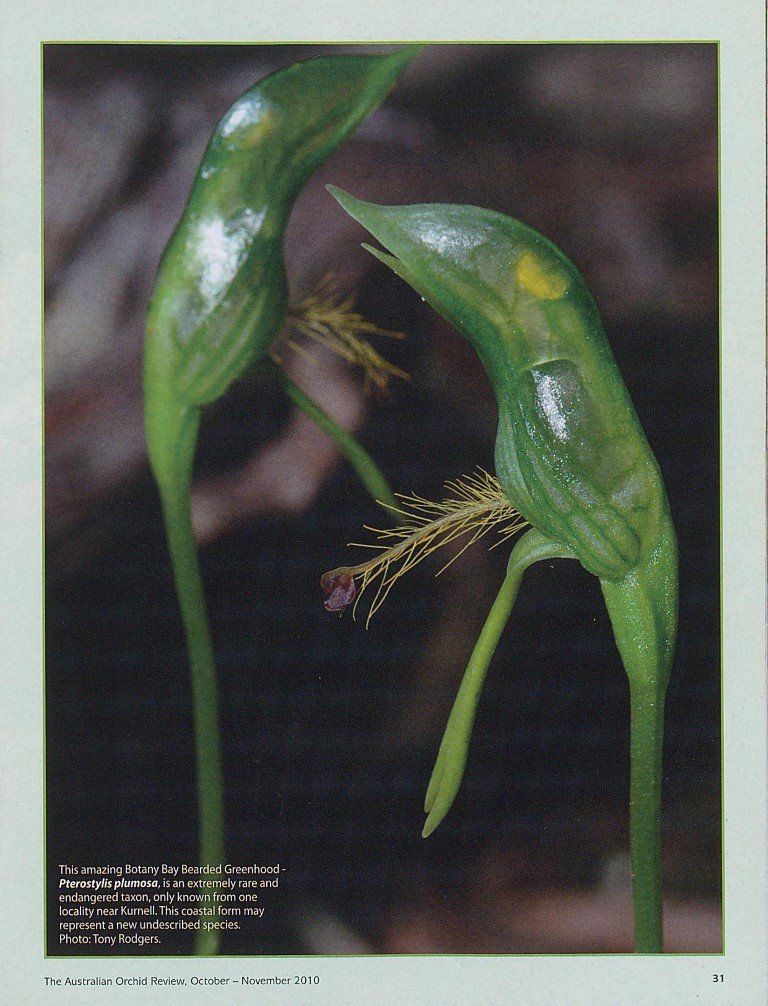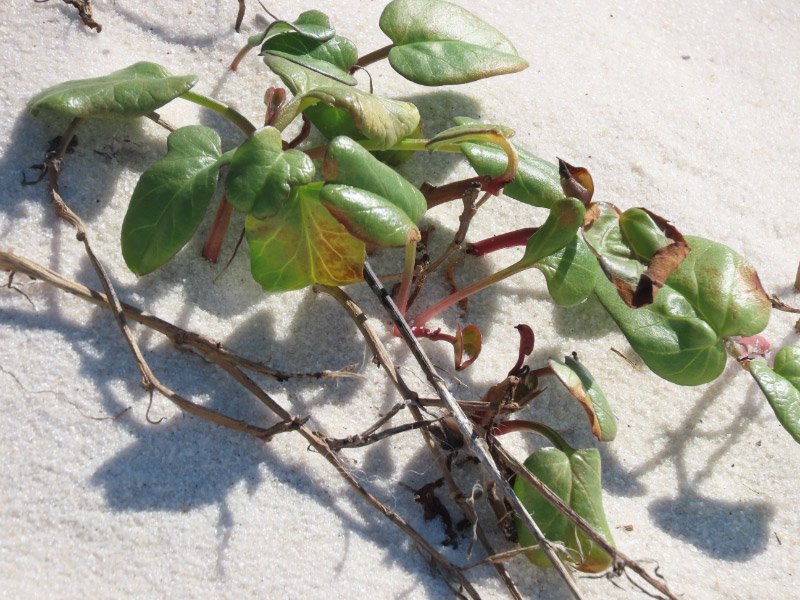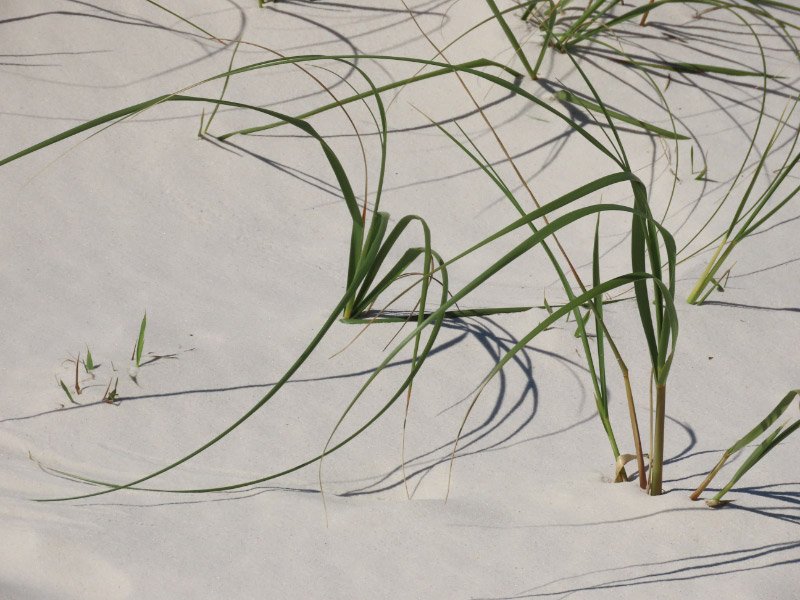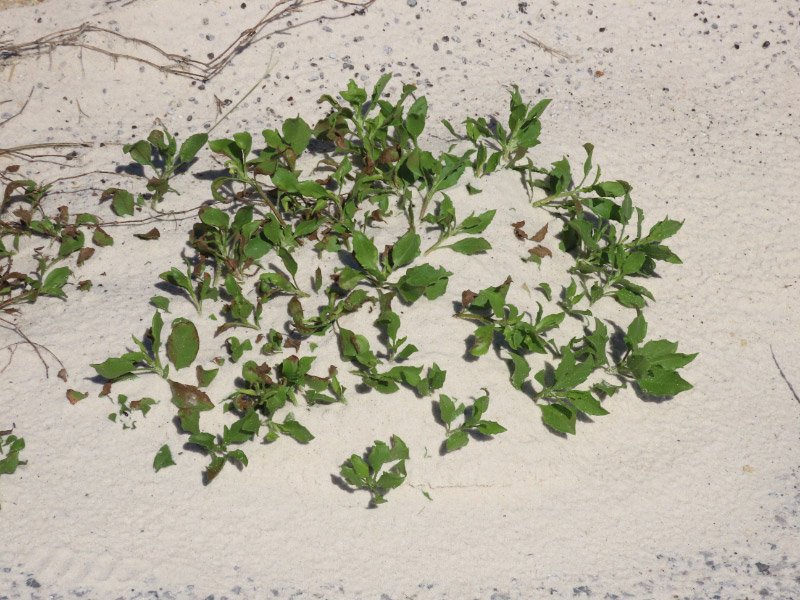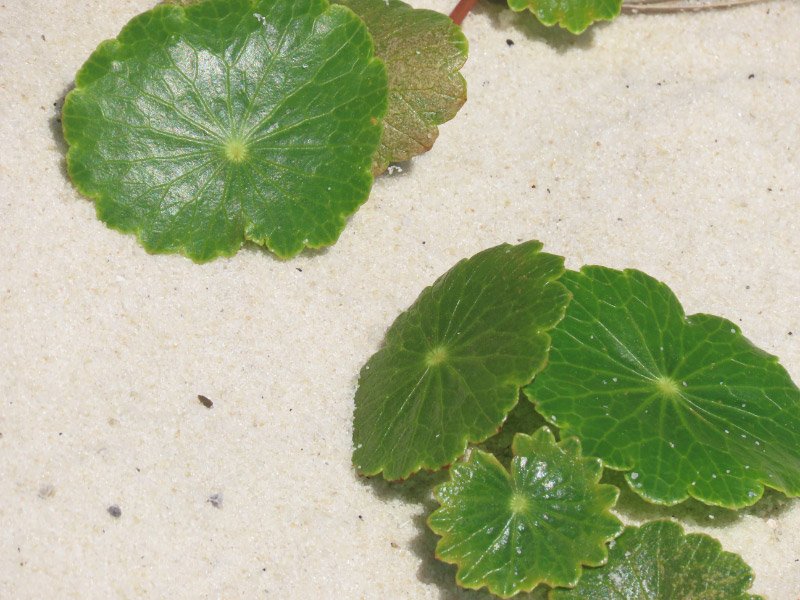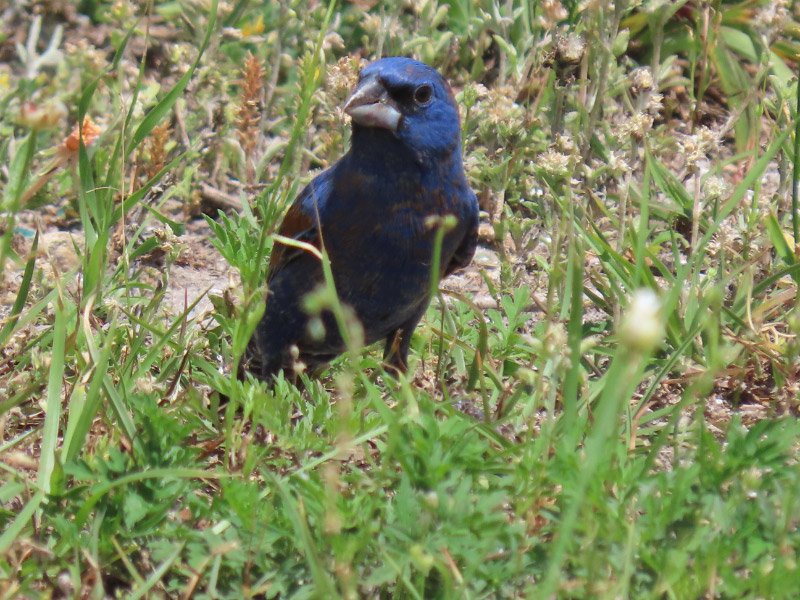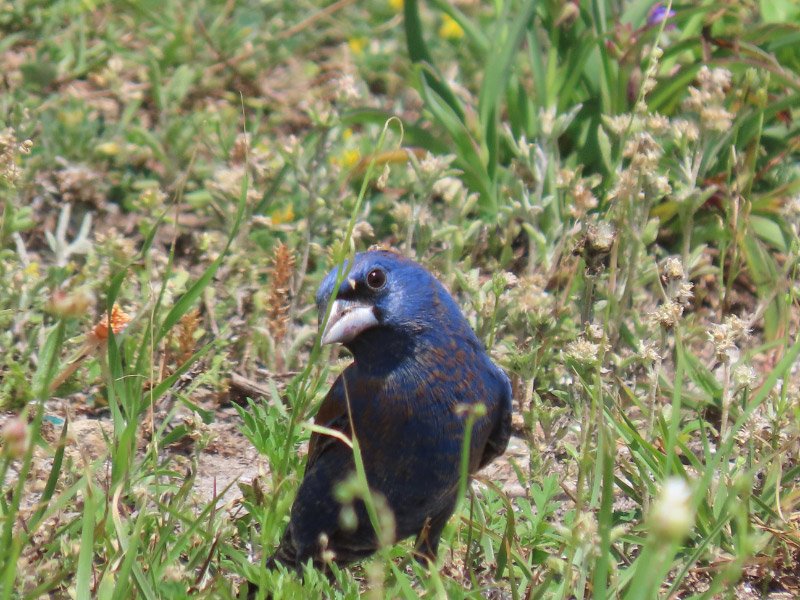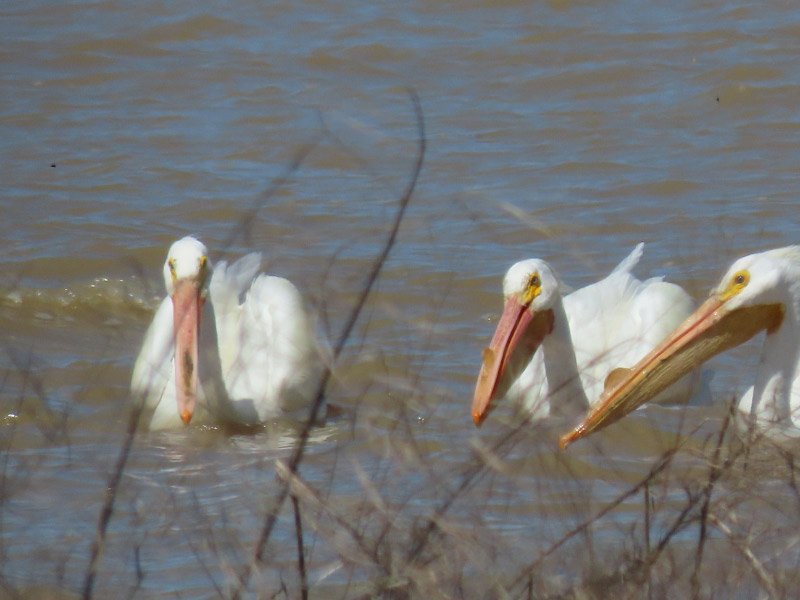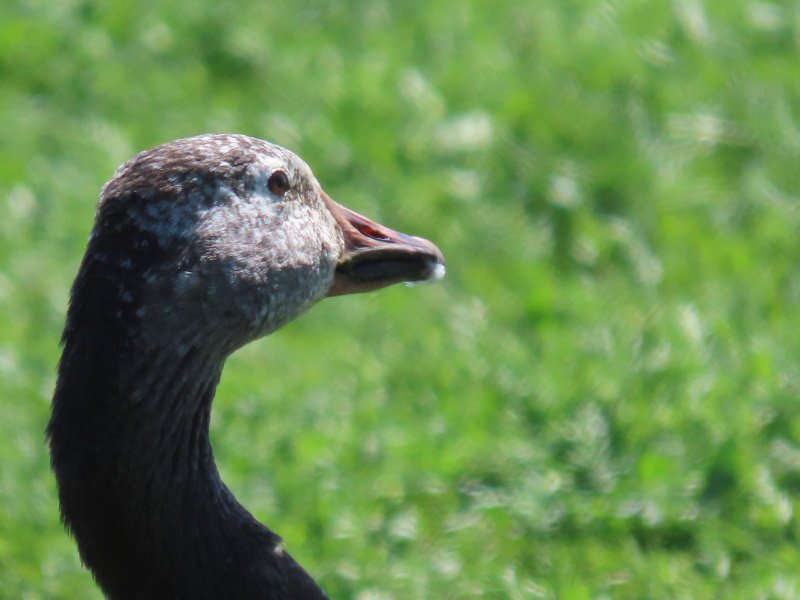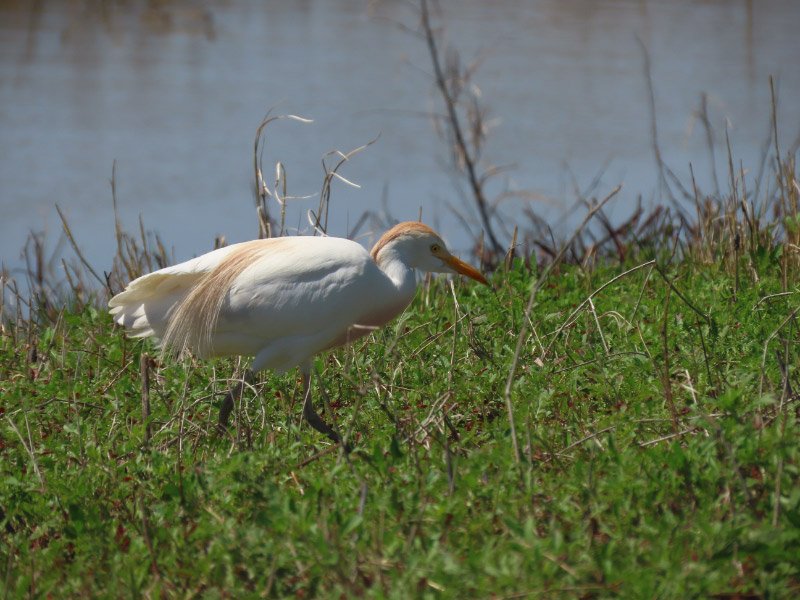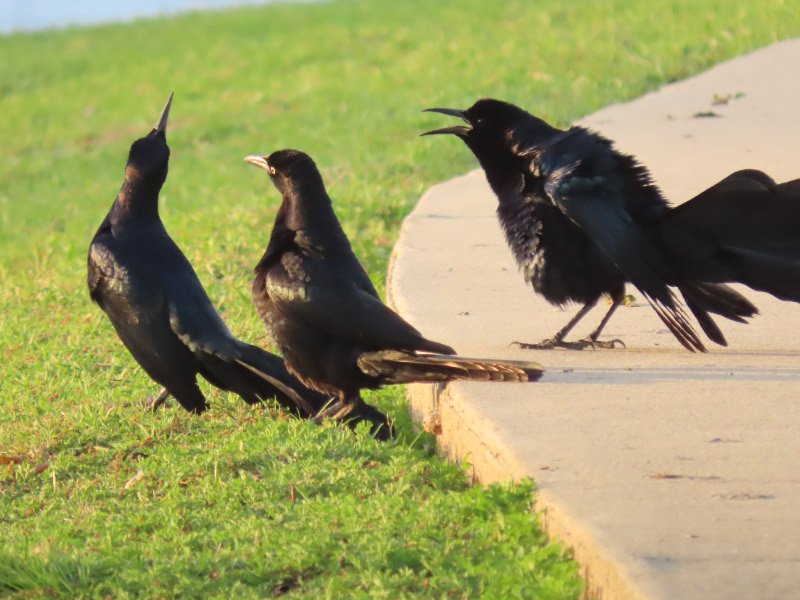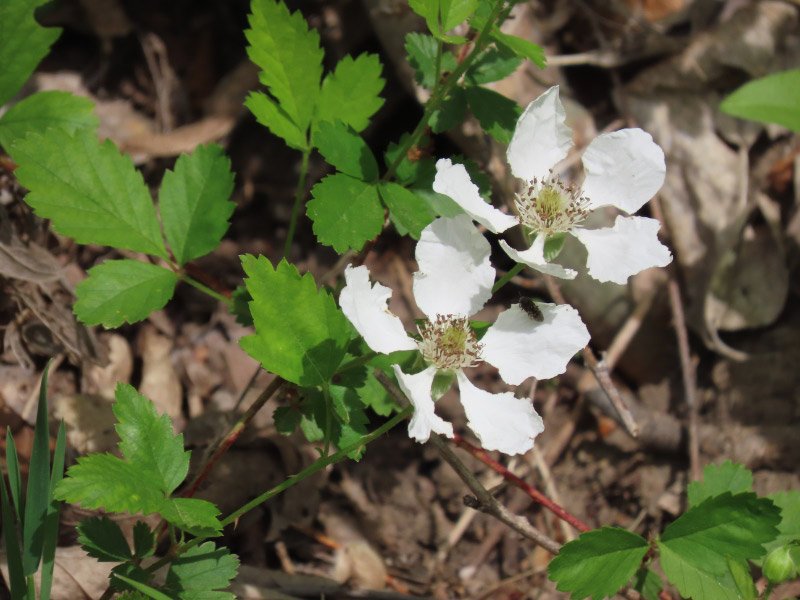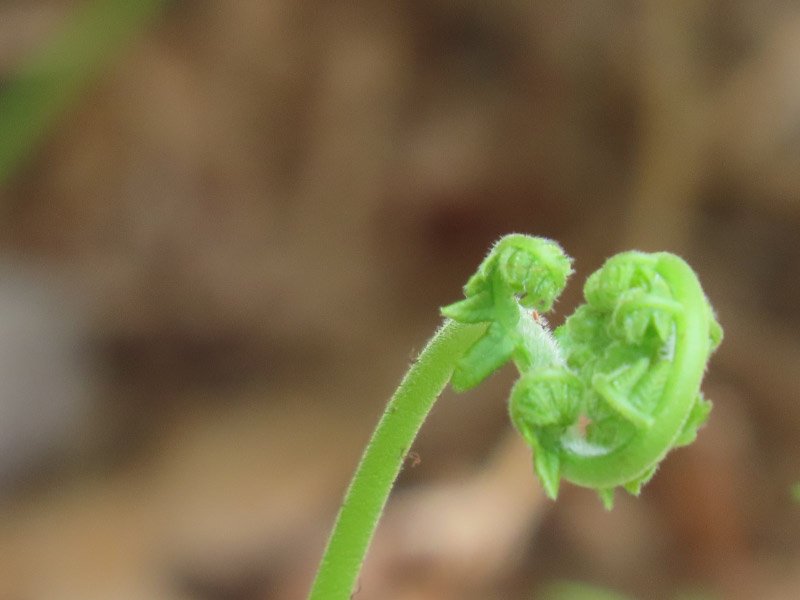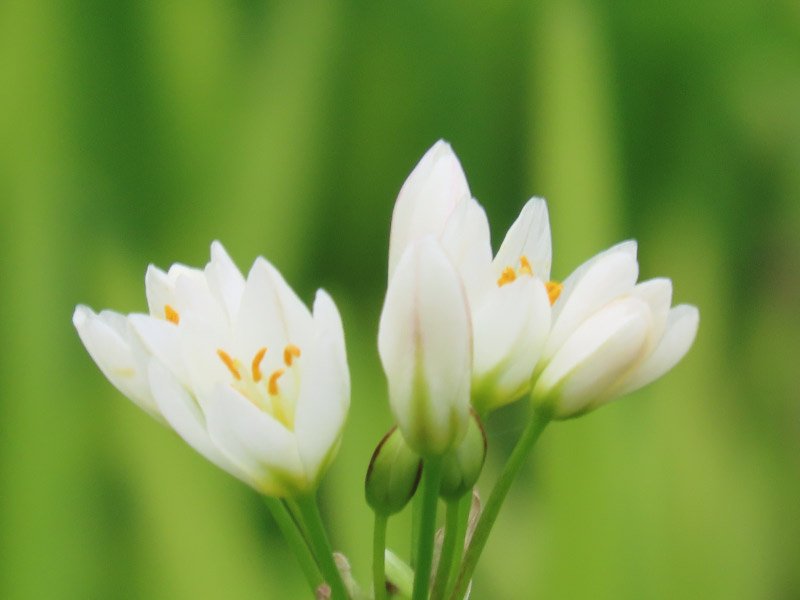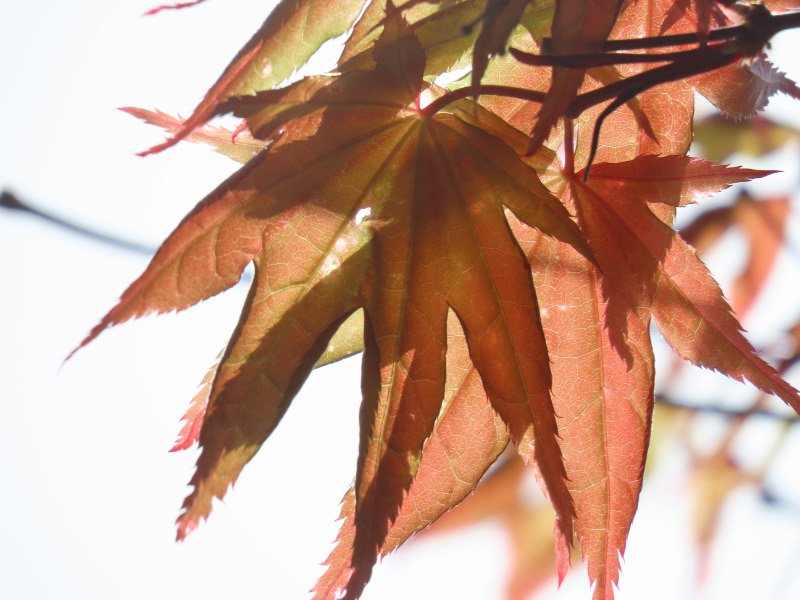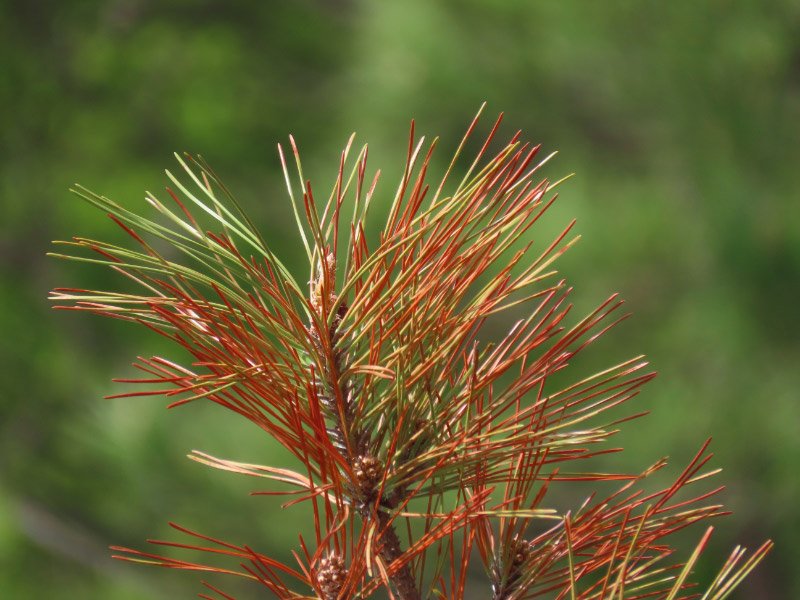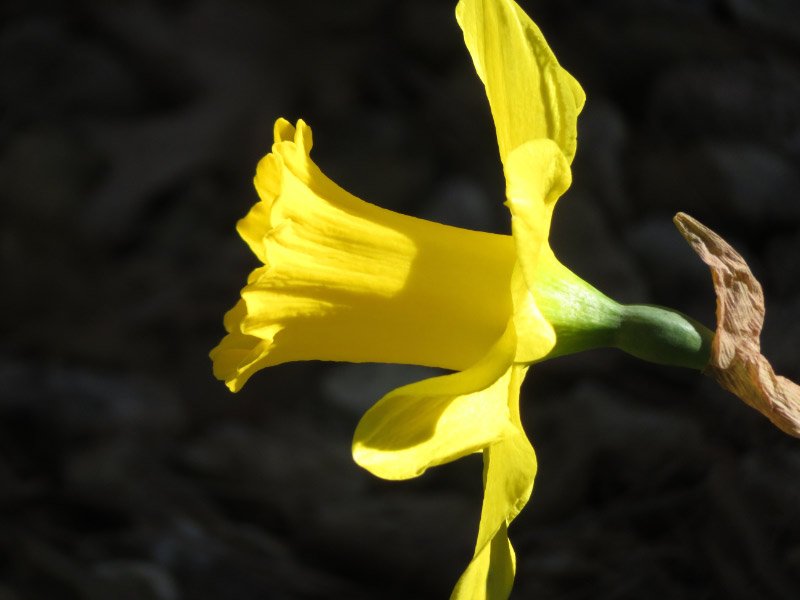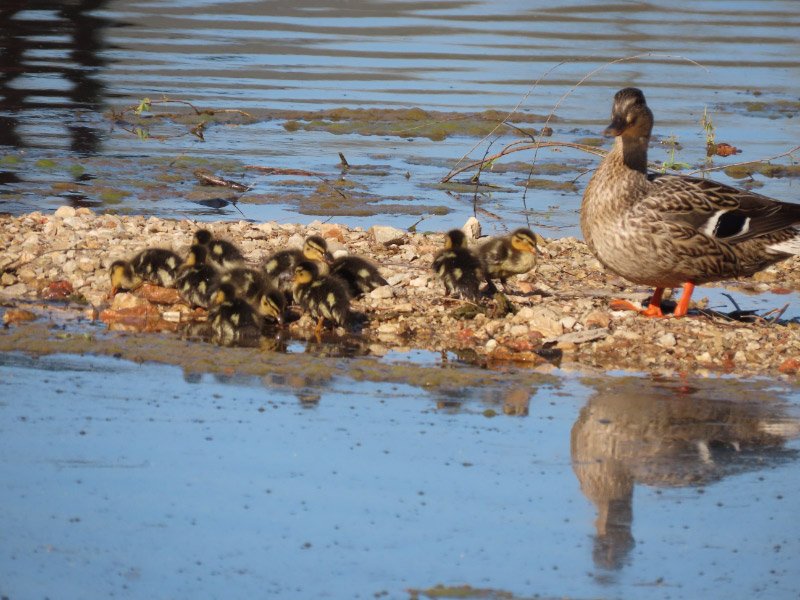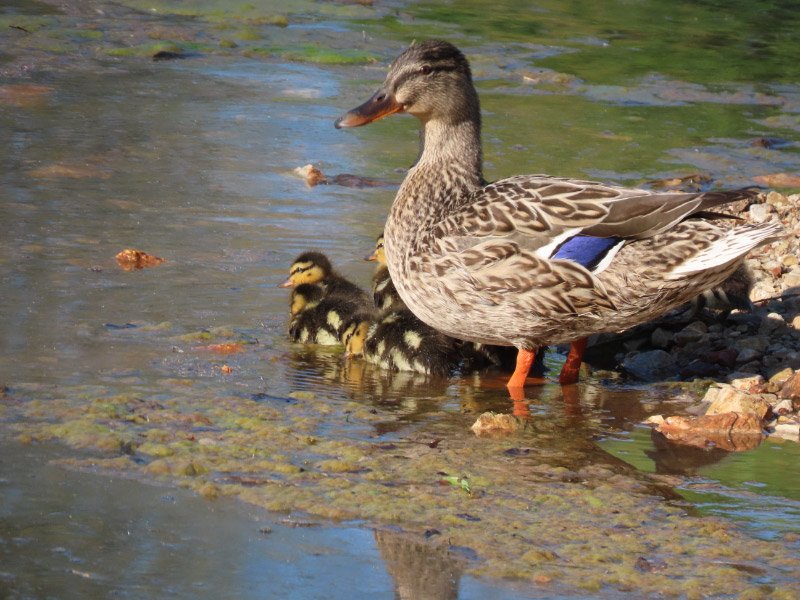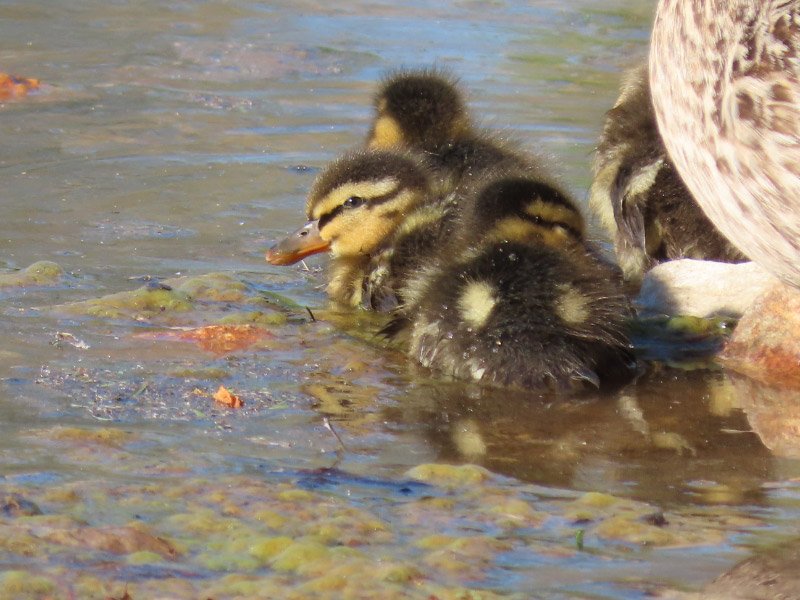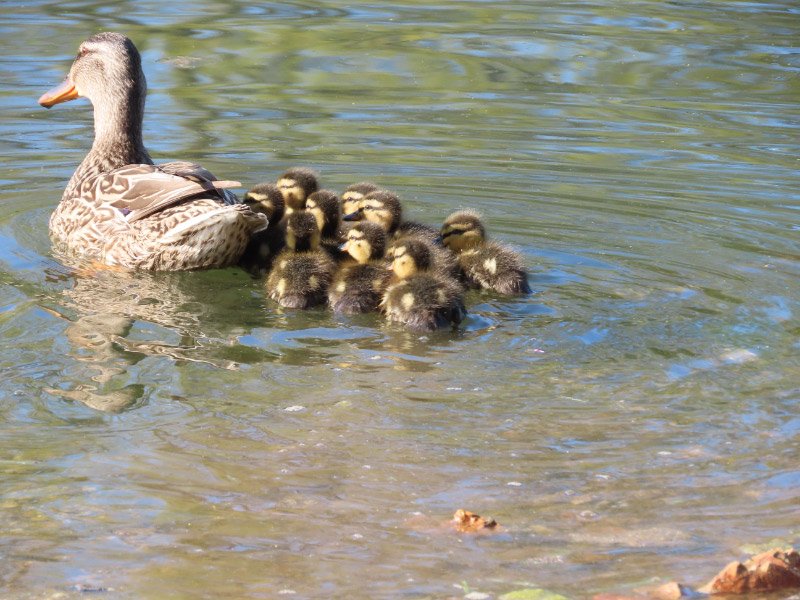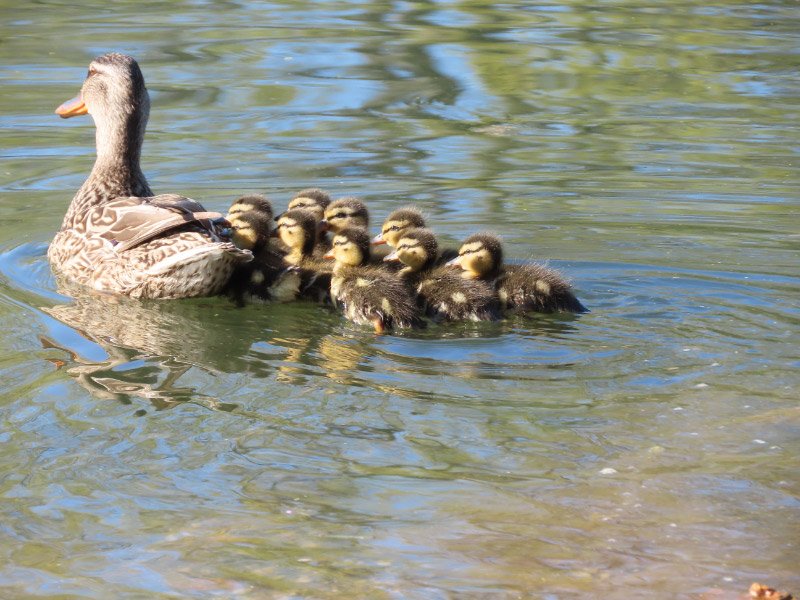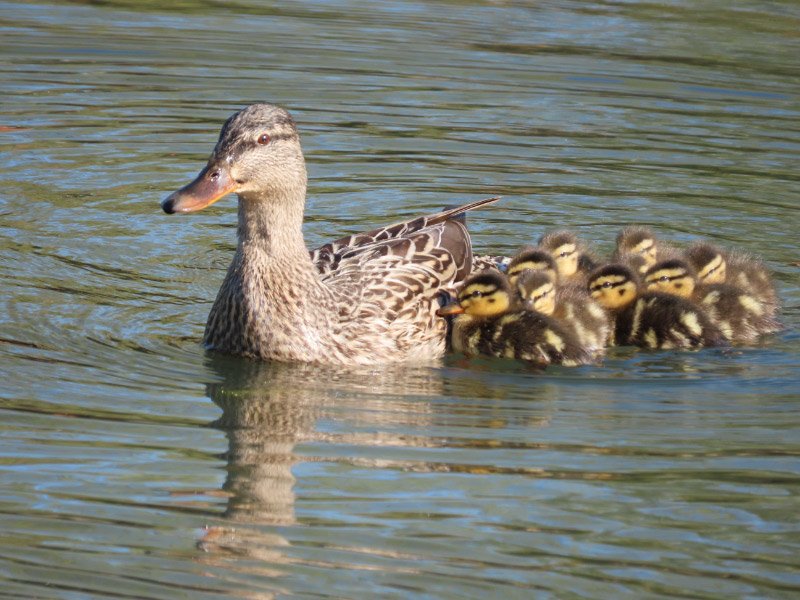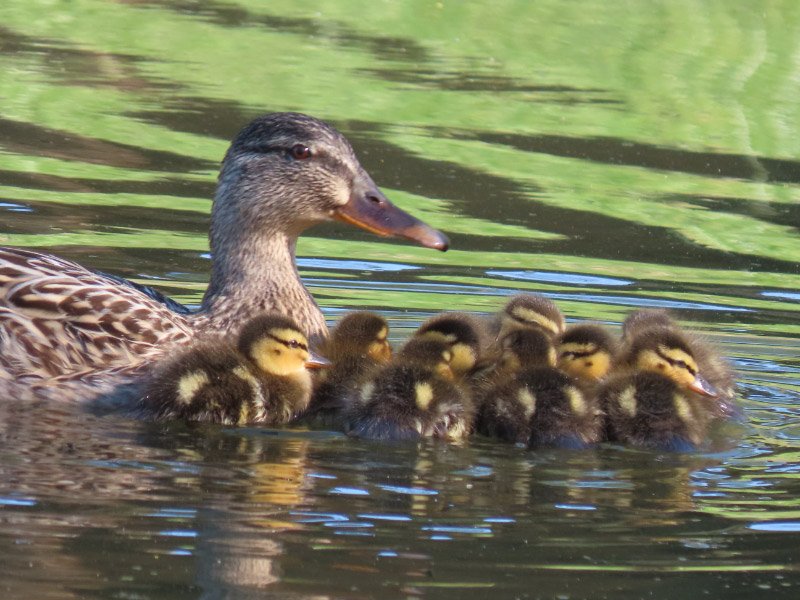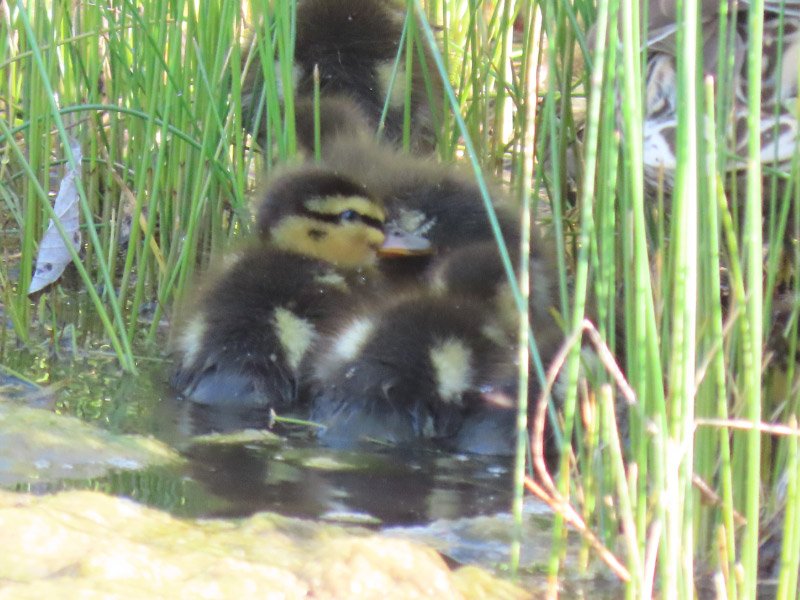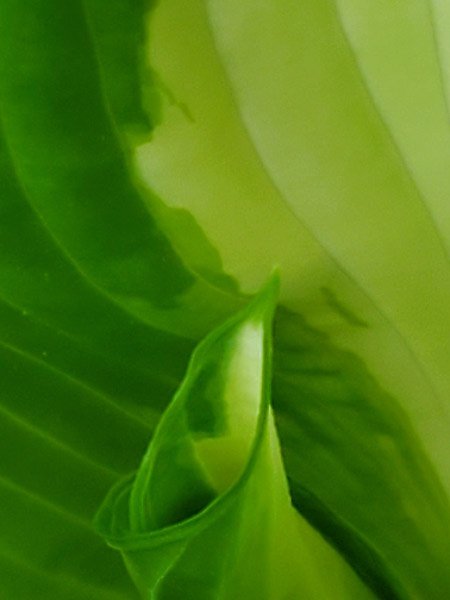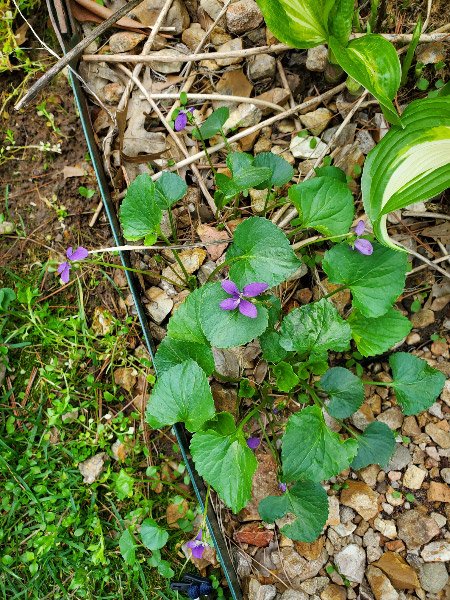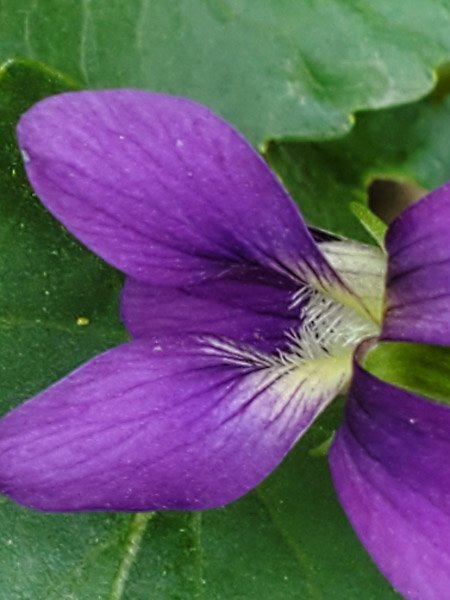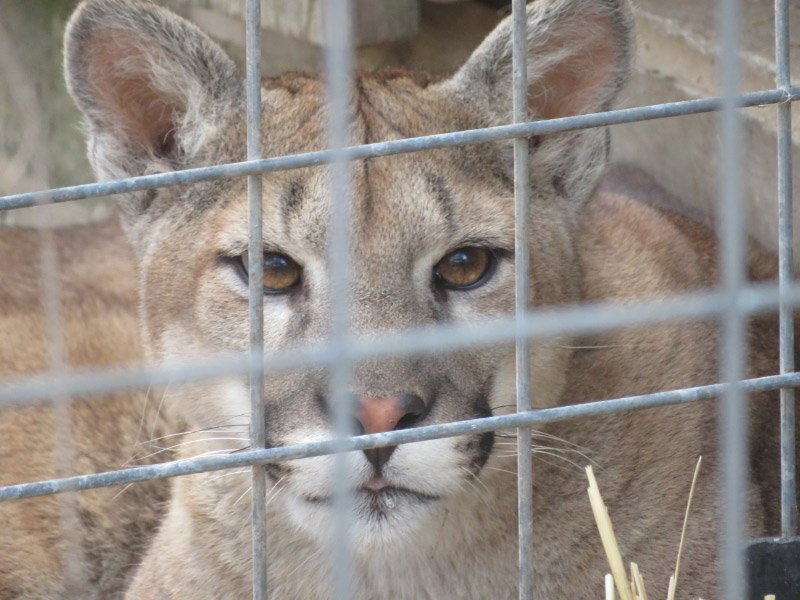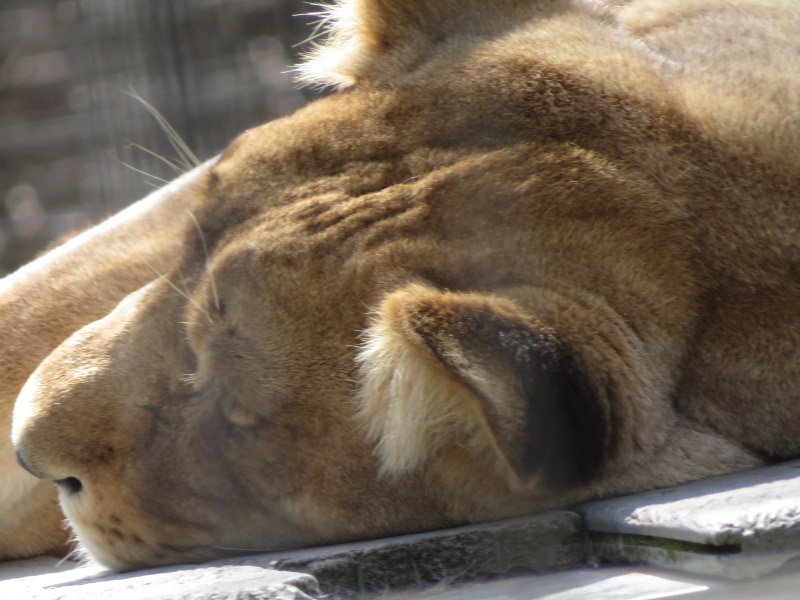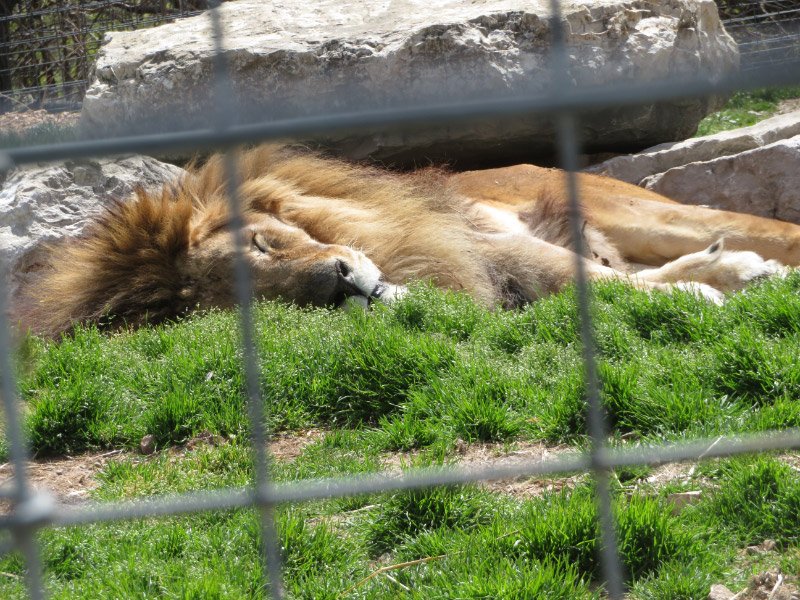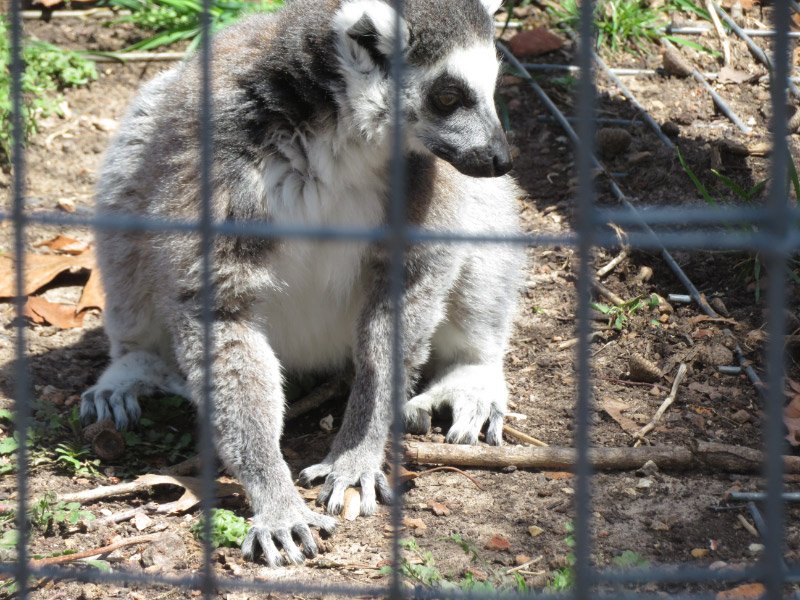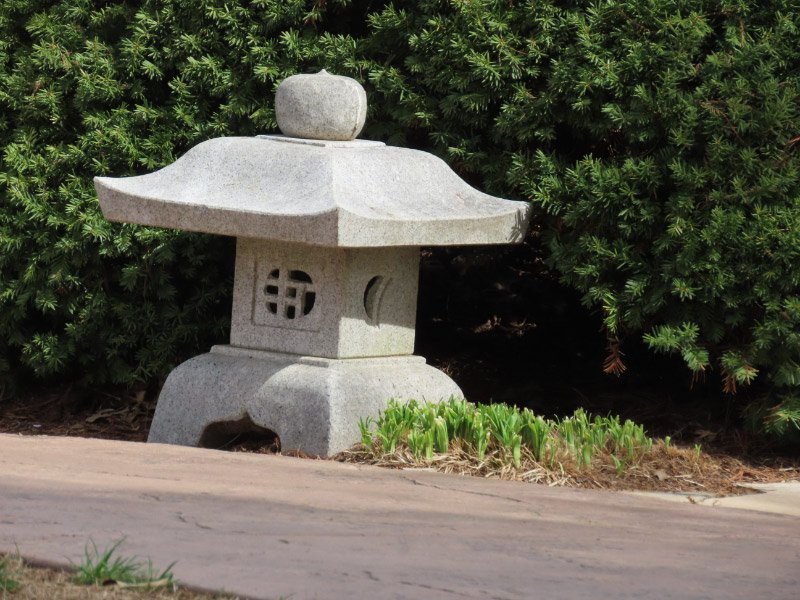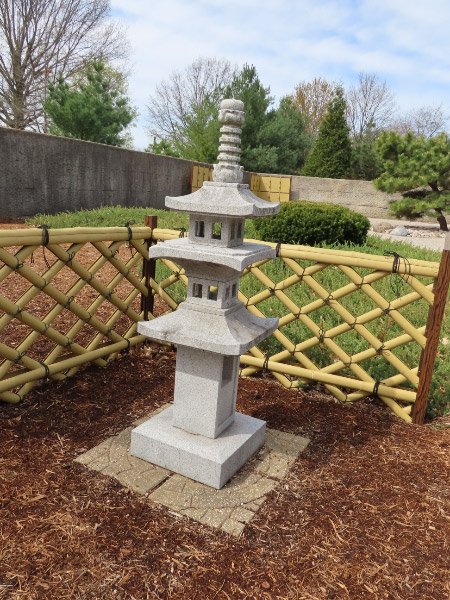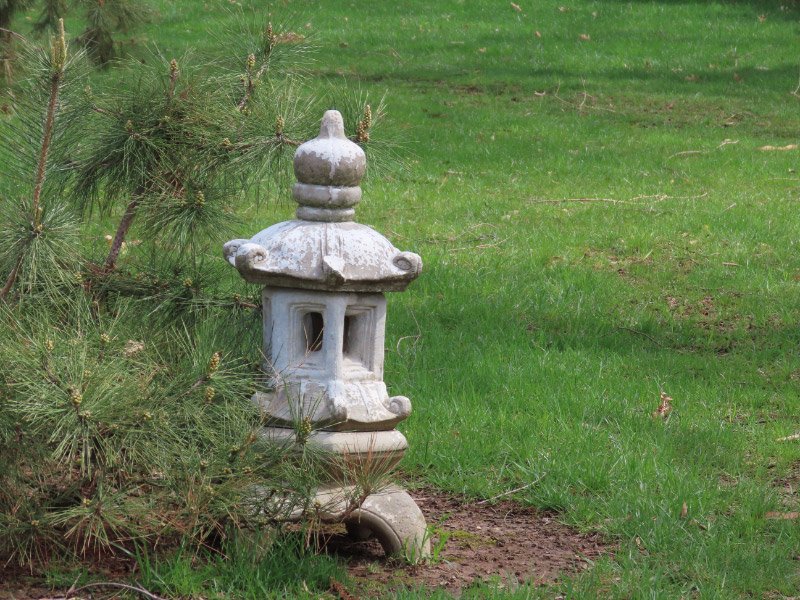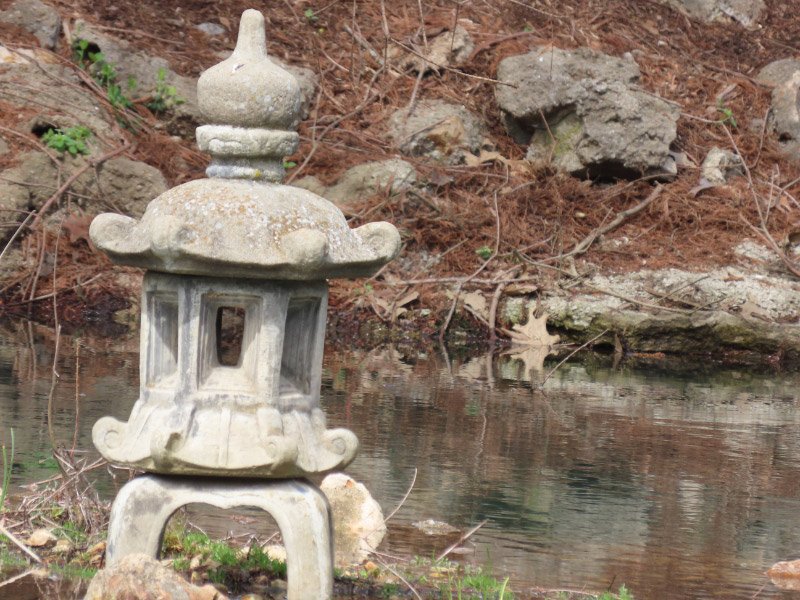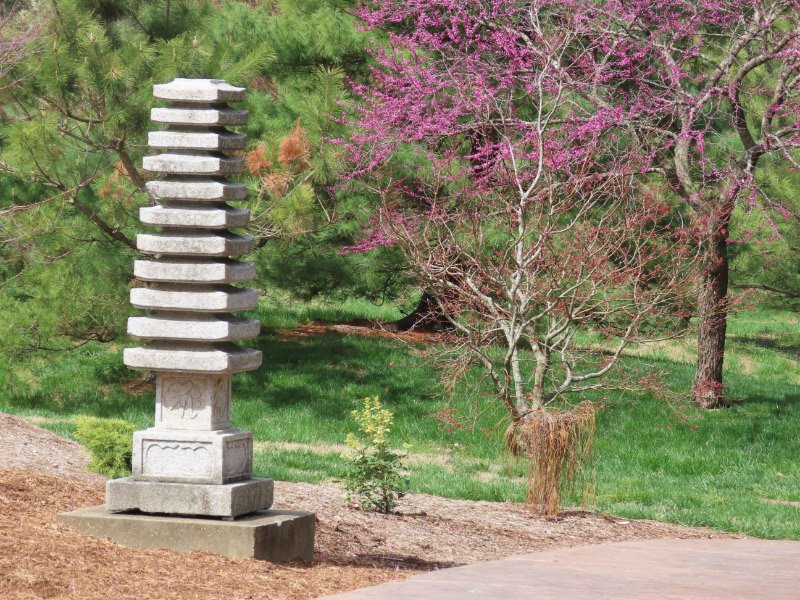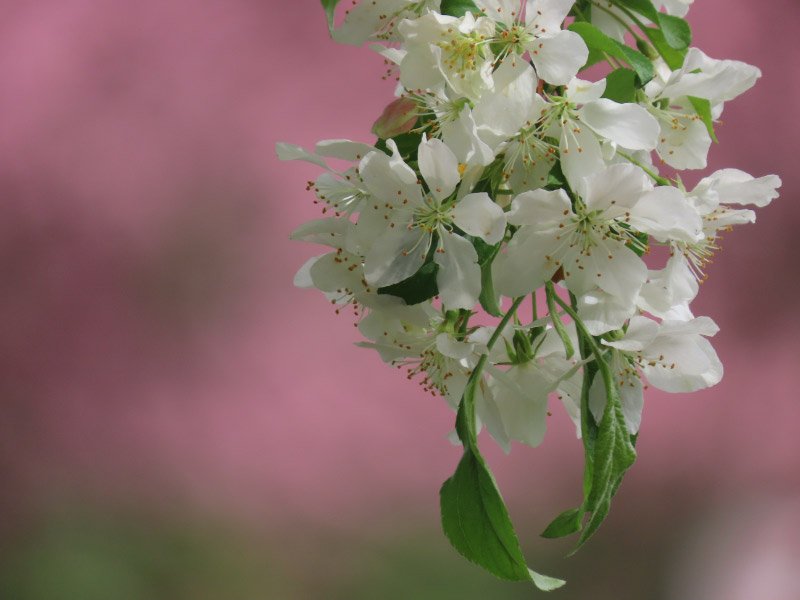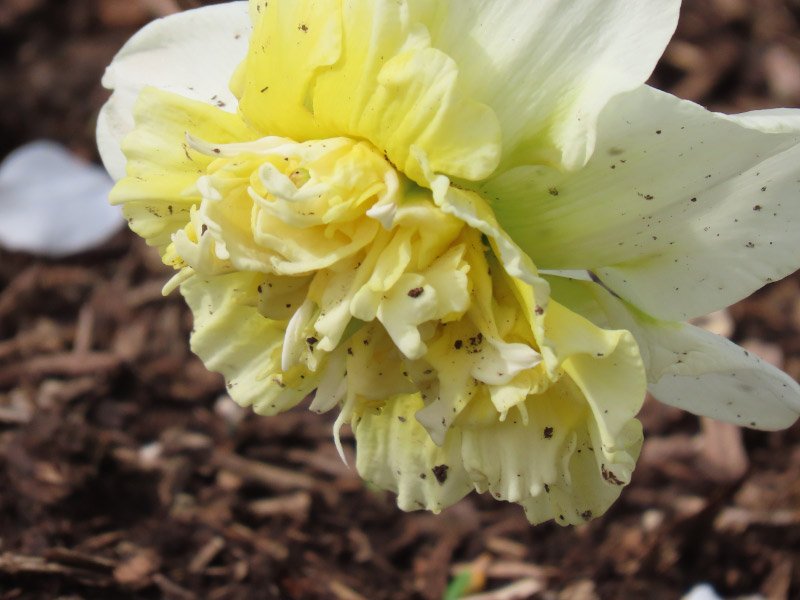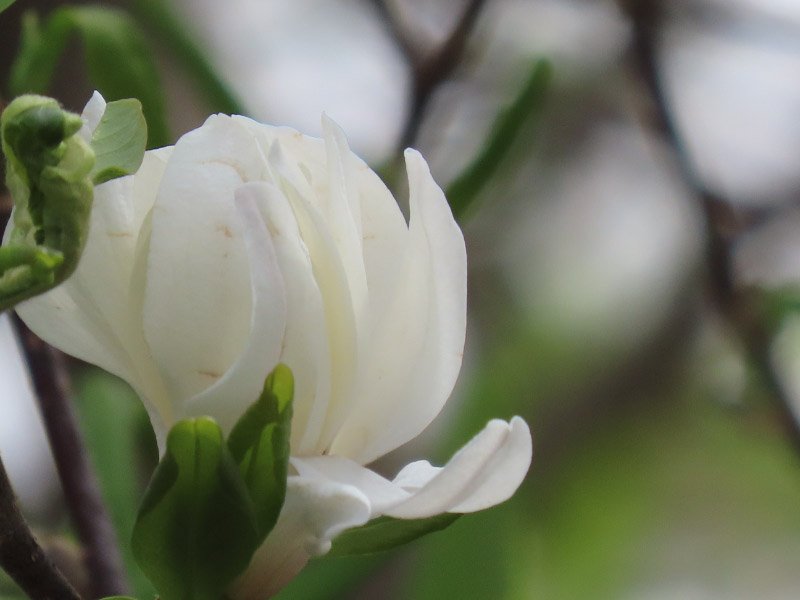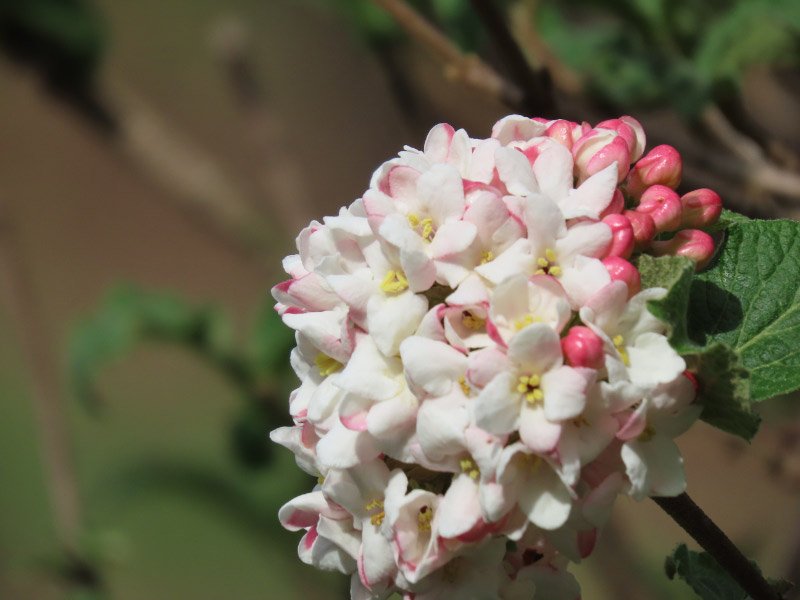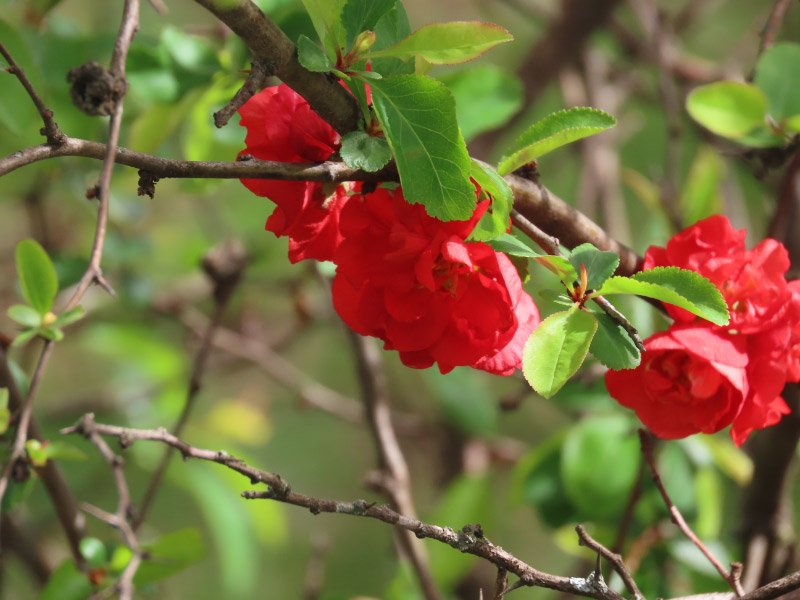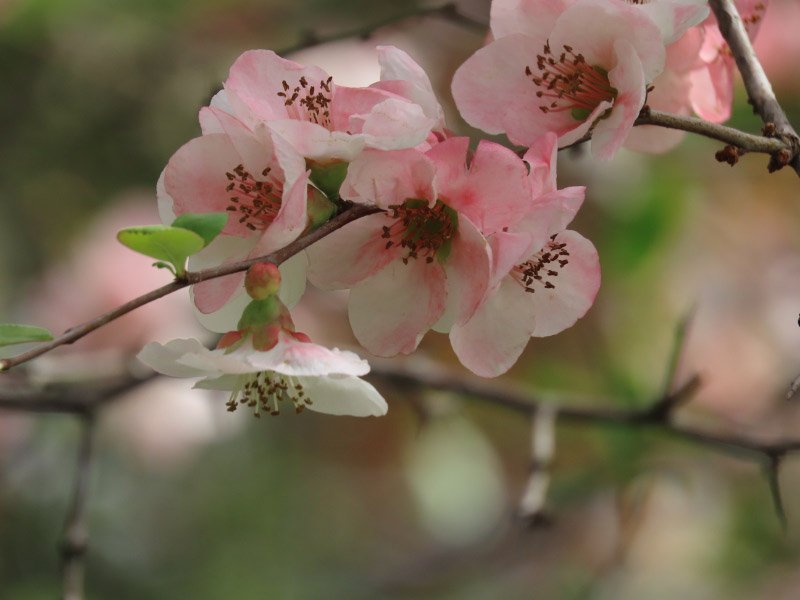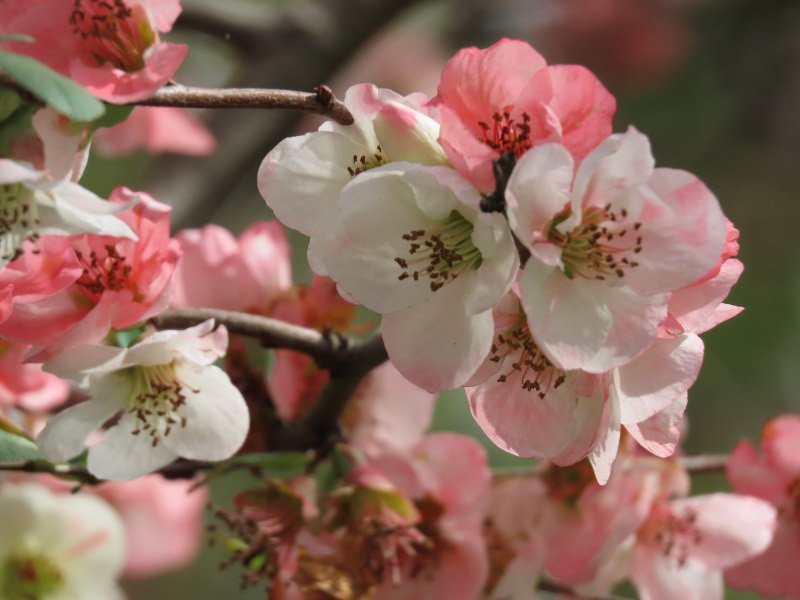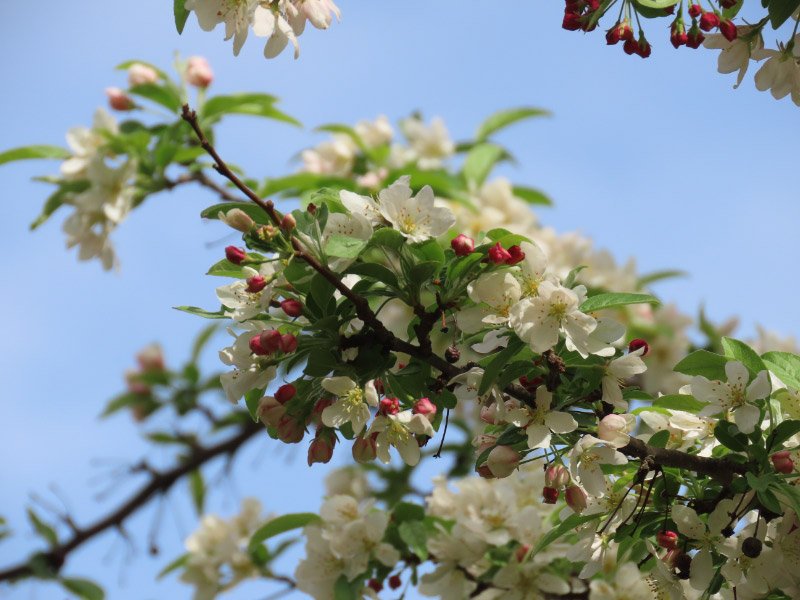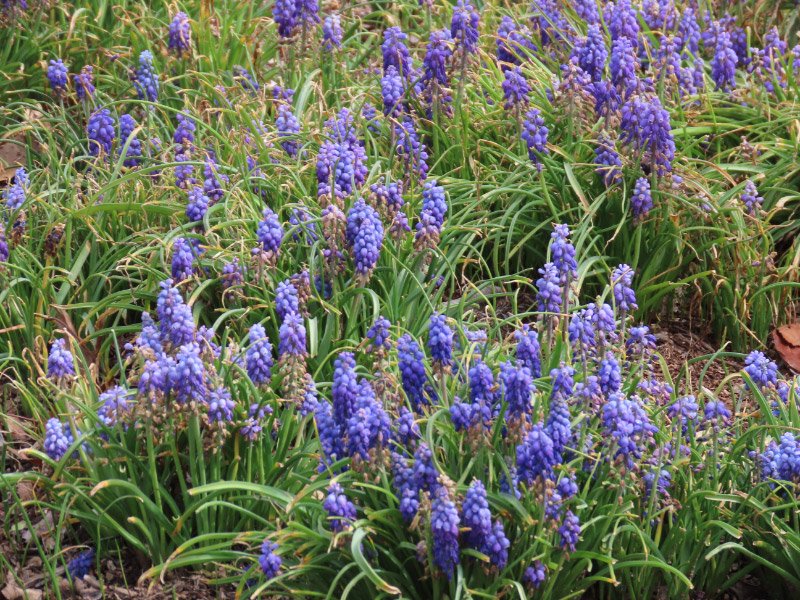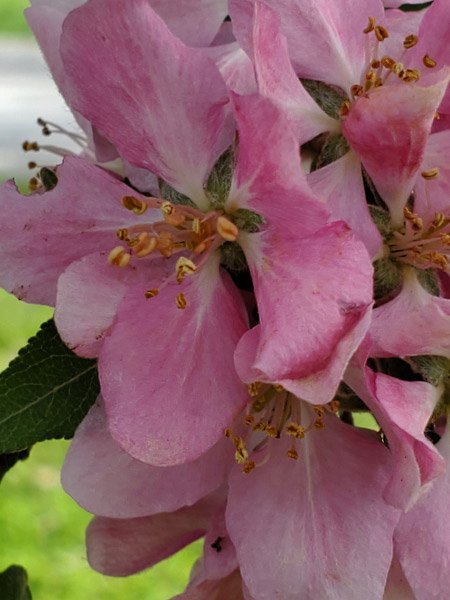eBotanical Prints – April 2023
/Twenty-one more books were added to the botanical print collection this month, and all are about orchids: the Australian Orchid Review from 2009 - 2012. I picked sample images that demonstrated the publications’ photography – particularly of orchids growing in natural settings. Most times people see orchids are in cultivated settings: conservatories, green houses, flower arrangements. Seeing them in the wild is a challenge. The ones native to North America are often small or rare…or both! The Australian Orchid Review has articles primarily on Australian orchid growing…and native orchids of Australia and its nearest neighbors. I’ll continue browsing more volumes in May!
The whole list of 2,613 botanical eBooks can be accessed here. The list for the April 2023 books with links to the volumes and sample images is at the bottom of this post.
Click on any sample images in the mosaic below to get an enlarged version. Enjoy the April 2023 eBotanical Prints!
Australian Orchid Review 2012 (October - November) * Orchid Society of New South Wales * sample image * 2012
Australian Orchid Review 2012 - 2013 (December - January) * Orchid Society of New South Wales * sample image * 2013
Australian Orchid Review 2012 (June - July) * Orchid Society of New South Wales * sample image * 2012
Australian Orchid Review 2012 (August - September) * Orchid Society of New South Wales * sample image * 2012
Australian Orchid Review 2011 (February - March) * Orchid Society of New South Wales * sample image * 2011
Australian Orchid Review 2011 (June - July) * Orchid Society of New South Wales * sample image * 2011
Australian Orchid Review 2011 (October - November) * Orchid Society of New South Wales * sample image * 2011
Australian Orchid Review 2011 - 2012 (December - January) * Orchid Society of New South Wales * sample image * 2012
Australian Orchid Review 2011 (April - May) * Orchid Society of New South Wales * sample image * 2011
Australian Orchid Review 2011 (August - September) * Orchid Society of New South Wales * sample image * 2011
Australian Orchid Review 2010 (February - March) * Orchid Society of New South Wales * sample image * 2010
Australian Orchid Review 2010 (June - July) * Orchid Society of New South Wales * sample image * 2010
Australian Orchid Review 2010 (August - September) * Orchid Society of New South Wales * sample image * 2010
Australian Orchid Review 2010 (October - November) * Orchid Society of New South Wales * sample image * 2010
Australian Orchid Review 2010 - 2011 (December - January) * Orchid Society of New South Wales * sample image * 2011
Australian Orchid Review 2010 (April - May) * Orchid Society of New South Wales * sample image * 2010
Australian Orchid Review 2009 (April - May) * Orchid Society of New South Wales * sample image * 2009
Australian Orchid Review 2009 (June - July) * Orchid Society of New South Wales * sample image * 2009
Australian Orchid Review 2009 (August - September) * Orchid Society of New South Wales * sample image * 2009
Australian Orchid Review 2009 (October - November) * Orchid Society of New South Wales * sample image * 2009
Australian Orchid Review 2009 - 2010 (December - January) * Orchid Society of New South Wales * sample image * 2010





